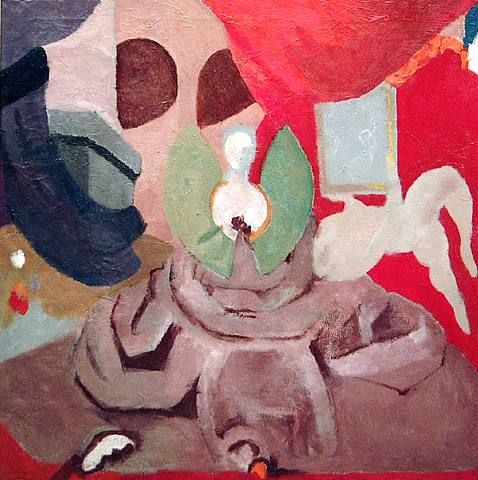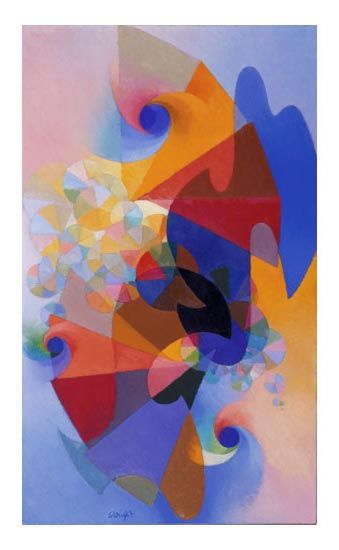Synchromism (founded 1912-1913) American Art movement
Get a Synchromism (founded 1912-1913) American Art movement Certificate of Authenticity for your painting (COA) for your Synchromism (founded 1912-1913) American Art movement drawing.
For all your Synchromism (founded 1912-1913) American Art movement artworks you need a Certificate of Authenticity (COA) in order to sell, to insure or to donate for a tax deduction.
Getting a Synchromism (founded 1912-1913) American Art movement Certificate of Authenticity (COA) is easy. Just send us photos and dimensions and tell us what you know about the origin or history of your Synchromism (founded 1912-1913) American Art movement painting or drawing.
If you want to sell your Synchromism (founded 1912-1913) American Art movement painting or drawing use our selling services. We offer Synchromism (founded 1912-1913) American Art movement selling help, selling advice, private treaty sales and full brokerage.
We have been authenticating Synchromism (founded 1912-1913) American Art movement and issuing certificates of authenticity since 2002. We are recognized Synchromism (founded 1912-1913) American Art movement experts and Synchromism (founded 1912-1913) American Art movement certified appraisers. We issue COAs and appraisals for all Synchromism (founded 1912-1913) American Art movement artworks.
Our Synchromism (founded 1912-1913) American Art movement paintings and drawings authentications are accepted and respected worldwide.
Each COA is backed by in-depth research and analysis authentication reports.
The Synchromism (founded 1912-1913) American Art movement certificates of authenticity we issue are based on solid, reliable and fully referenced art investigations, authentication research, analytical work and forensic studies.
We are available to examine your Synchromism (founded 1912-1913) American Art movement painting or drawing anywhere in the world.
You will generally receive your certificates of authenticity and authentication report within two weeks. Some complicated cases with difficult to research Synchromism (founded 1912-1913) American Art movement paintings or drawings take longer.
Our clients include Synchromism (founded 1912-1913) American Art movement collectors, investors, tax authorities, insurance adjusters, appraisers, valuers, auctioneers, Federal agencies and many law firms.

Synchromism was an abstract art movement started by American artists, Stanton MacDonald-Wright and Morgan Russell around 1912. The movement was short-lived, but an important stepping-stone for American Modern Art.


MacDonald-Wright and Russell met while living abroad in Paris. Both artists were greatly influenced by cubism, which was greatly popular in the Parisian art scene. Their work also strongly reference Orphism, which was a movement led by Robert Delauney and Frantisek Kupka.



The main difference between cubism and synchromism was the use of color. Synchromists used bright, intense colors to evoke rhythm and harmony. Scales of color were arranged like notes in a musical composition. The abstract works produced were referred to as “synchromies”, often arranged to have a focal point that dispersed into various arrangements of color.



Russell was the first to exhibit as a synchromist, displaying “Synchromy in Green” at the Paris Salon des Indépendants. MacDonald-Wright showed later that same year in Munich. The artists were successful and continued to exhibit the following year in New York and Paris.
Synchromist paintings were among the first abstract, non-representational paintings to exhibit in American art, and marked the first avant-garde movement to be labeled as American.



While Synchromists were never large in numbers, American artists, Patrick Henry Bruce, Andrew Dasburg and Thomas Hart Benton were known to use synchromism experimentally.
Synchromist paintings are now in major private collections and museums in New York and across the country. Do you think you own a synchromist painting? Contact us. We are the experts on Synchromism.
Reviews
1,217 global ratings
5 Star
4 Star
3 Star
2 Star
1 Star
Your evaluation is very important to us. Thank you.
